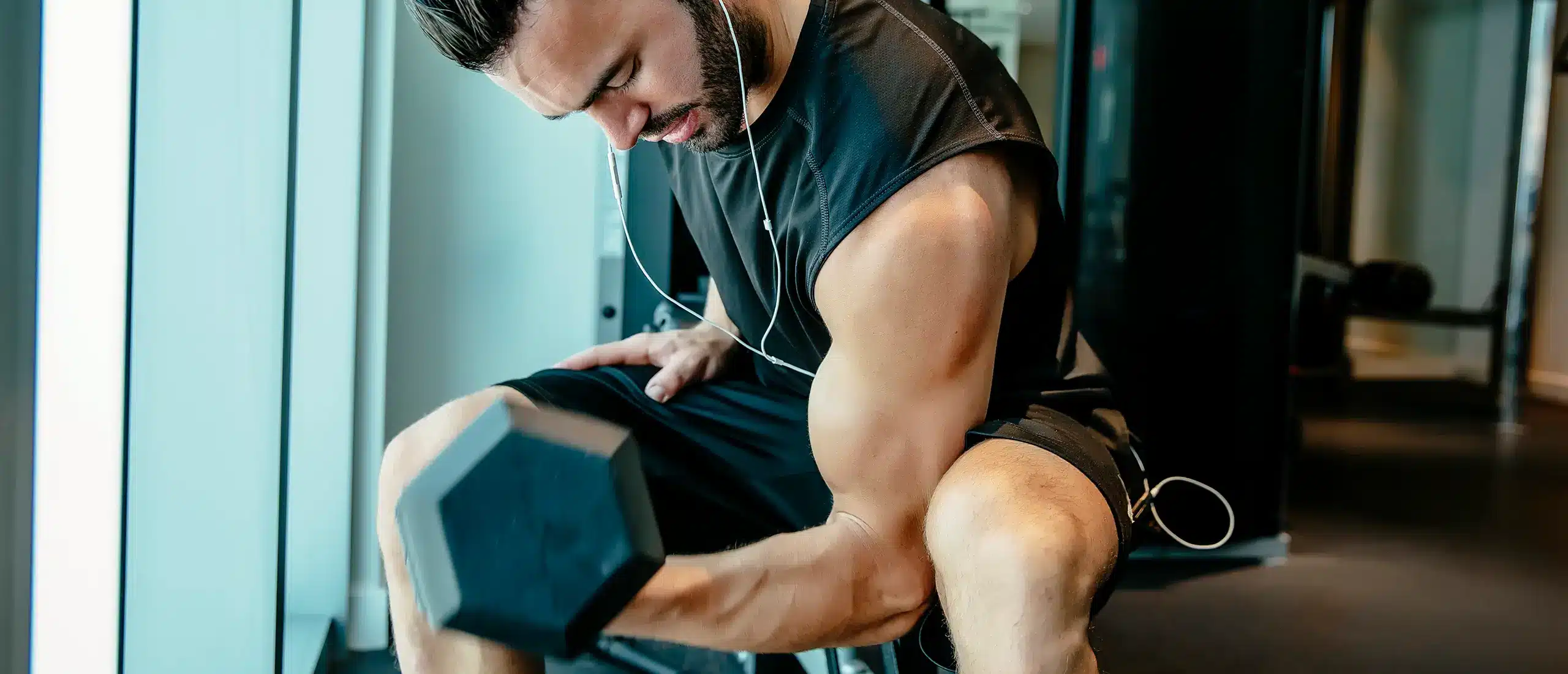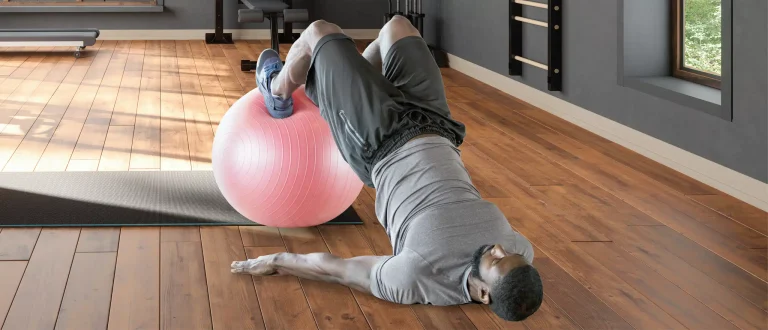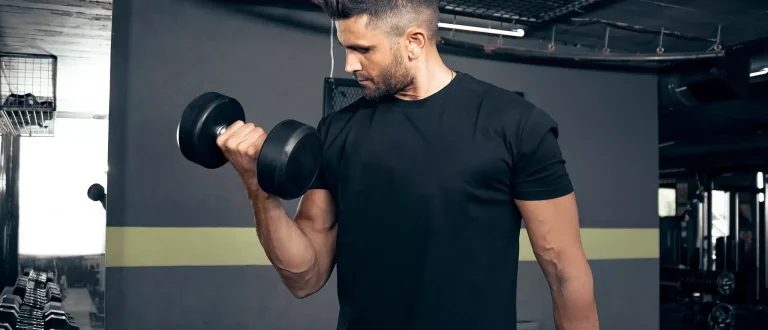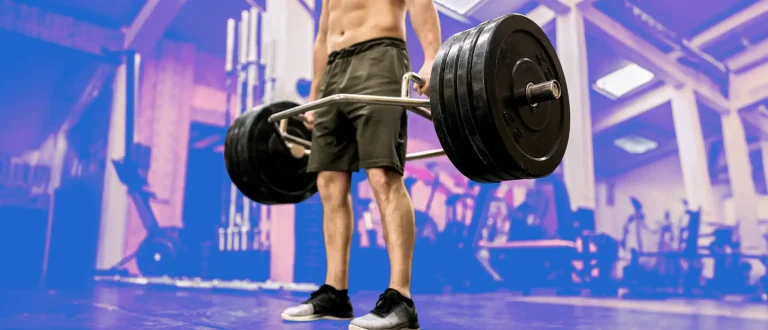Tired of spending hours at the gym? A groundbreaking study says you can cut your workouts in half and still increase muscle.
Glad we have your attention.
The research, authored by Edith Cowan University professor Ken Nosaka, found that focusing on lowering weights instead of lifting them— known as eccentric muscle contraction— is more effective for increasing muscle strength and size. Plus, the muscle gains can be made doing half as many repetitions, suggests the study, which was published in the European Journal of Applied Physiology (1).
What is eccentric exercise and how to do it? Here’s everything you need to know.
What Is Eccentric Training?
Eccentric training, also called “negative” reps, focuses on the phase of an exercise when your muscles lengthen as they lower the load.
Lowering into a squat, pushing your hips back into a deadlift, or lowering your forearms after the peak of a bicep curl are just a few examples of the eccentric phase in action.
Eccentric contractions increase both concentric (the lifting phase) strength and eccentric strength. This is why doing negative reps of hard exercises like pushups, dips, or pull-ups (i.e. using a box to get to the top of a pull-up position, then lowering yourself until your arms are straight) helps you work up the strength for the real deal.
On earth, gravity constantly exerts a downward force on your body, and eccentric contraction helps you control your movement for stability, mobility, and injury prevention. When you walk or run downhill, for example, your quadriceps eccentrically absorb the shock.
Eccentric contraction takes less muscle activity and energy than concentric movements, even when you’re working with the same amount of weight (2), yet your muscles are stronger when they move eccentrically (3).
Related
What Did the Research Show?
The study divided participants into three groups who performed dumbbell curls twice a week for five weeks. One group performed only eccentric muscle contractions by lowering weights, another performed only concentric muscle contractions by lifting weights, and the third performed both eccentric and concentric muscle contractions by lifting and lowering weights alternately.
The eccentric and concentric lifters saw similar improvements in muscle strength and size but the gains were greater in the first group—despite only performing half as many reps. Concentric lifters saw little improvement.
“This study shows we can be far more efficient in the time we spend exercising and still see significant results by focusing on eccentric muscle contraction,” says Nosaka.
How to Do Eccentric Training
How to incorporate eccentric training into your regimen? Professor Nosaka has some ideas. Using a dumbbell, he recommends using two hands to help with the concentric (lifting) phase, before using one arm for the eccentric (lowering) phase when performing:
- Bicep Curls
- Overhead Tricep Extensions
- Front Raises
- Overhead Press
You can use the same technique when performing these exercises on weight machines, according to Professor Nosaka:
- Knee Extensions
- Leg Curls
- Calf Raises
Nosaka also points out that with the small amount of daily exercise needed to see results from eccentric training, you can easily incorporate it into your everyday routine with these at-home moves.
Complete 10 reps of each exercise. During each rep, feel the contracting muscle being gradually stretched from the start to the end of the range of motion. After each eccentric muscle contraction, minimize your effort to go back to the starting position.
- Chair Sit: From a half-squatting position, take three seconds to lower into a chair. If this is too easy try mixing it up with a narrow or wide stance, or squatting on one leg.
- Chair Recline: Sit on the front of a chair to make a space between your back and the backrest. Recline back slowly for three seconds (cross your arms at the chest or use them to support your head).
- Uneven Squat: Stand behind a chair. Lean to one side to put more weight on one leg. Squat down for three seconds (you can hold the back of the chair for support, or go hands-free for a challenge).
- Heel Down: Stand behind a chair. Lean forward and raise your heels. Lift one leg off the ground, and lower the heel of the other leg for three seconds.
- Wall Kiss: Lean against a wall with both arms fully extended. Bend your elbows slowly, taking three seconds to bring your face close to the wall.
- Front Lunge: Place one leg in front of the other. Taking three seconds to lower, bend until your back knee hovers just above the ground, and your front knee is stacked directly above your front ankle.









